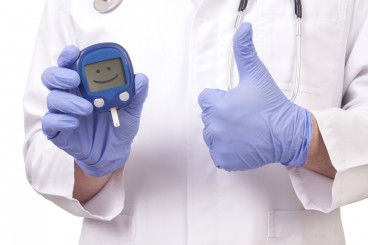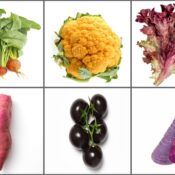STEP 1
EAT SOME BREAKFAST, ANY BREAKFAST!
The staples of American breakfast—sausage and eggs, pancakes, sugary cereals—might not win any nutrition awards. Yet new research indicates that when it comes to preventing type 2 diabetes, eating something—anything—is better than skipping breakfast. Researchers at the University of Minnesota found people who ate breakfast at least four days a week had a significantly lower risk of type 2 diabetes, along with a lower chance of obesity and high blood pressure, compared to those who ate breakfast infrequently or not at all.
In effect, the act of eating something for breakfast puts your body on a “better hormonal trajectory” for the remainder of the day, explains Andrew Odegaard, Ph.D., one of the researchers who analyzed data from the Coronary Artery Risk Development in Young Adults study, reviewing 3,598 participants who did not have diabetes at the time when breakfast and dietary habits were assessed. “There may be something to the idea that ‘breakfast is the most important meal of the day.’” Odegaard says. “That phrase was created by cereal companies and egg and pork producers, but we are starting to accumulate scientific evidence to back it up.”
Now, having said that, it’s better still if you eat a good breakfast rather than a sugary, fatty one. Odegaard emphasizes that whole-grain breads, oatmeal, fruit, and nuts are better than a daily dose of syrup-laden pancakes. A study published in August in the British Medical Journal concluded that regularly consuming certain fruits may reduce the risk of type 2 diabetes in adults. The study, which pulled data from three previous and ongoing studies, involved 187,382 participants who did not have diabetes, cardiovascular disease, or cancer at the start of the study. Over the course of about 25 years, those who consumed three servings per week of blueberries, grapes, raisins, apples, or pears reduced their chance of becoming diabetic by 7 percent. The study gave a firm thumbs down to fruit juice: The more fruit juice an individual drank, the more their risk of type 2 diabetes increased due to juice’s high glycemic load.
Become a Saturday Evening Post member and enjoy unlimited access. Subscribe now



